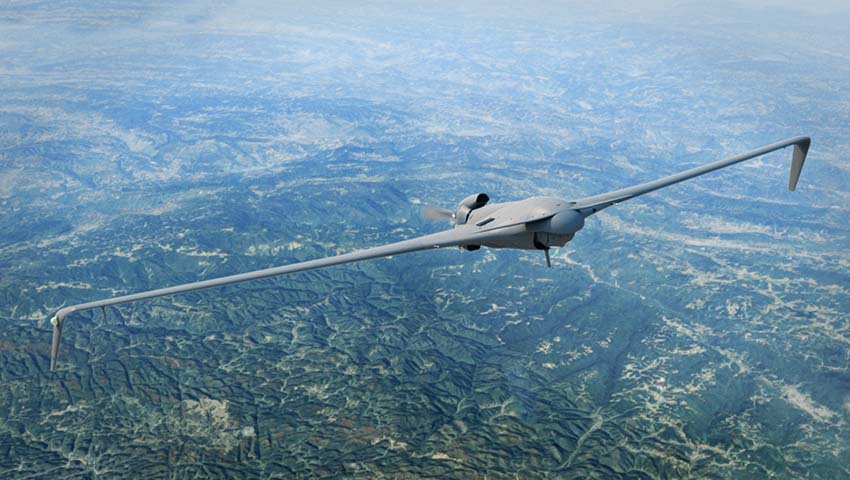Leidos Australia has confirmed it has added the Aeronautics Ltd to its bid for the replacement of the Australian Army’s Tactical Unmanned Aerial System (TUAS) through Project Land 129 Phase 3.
Leidos Australia was recently named as one of four companies shortlisted to compete for the conceptual system integration design phase of the project.
The strategic partnership will bring together Leidos’ global leadership in intelligence, surveillance and reconnaissance (ISR) integration, and Aeronautics’ deep experience as a leading supplier of unmanned aerial vehicles (UAV), to deliver a next-generation, tactical solution for the Australian Army.
Acting Leidos Australia chief executive Paul Chase said, “Leidos conducted an exhaustive search to identify capable platforms in class that can provide optimum capabilities to the Australian Army.”
Leidos Australia recently called for expressions of interest (EOI) from Australian suppliers and small to medium enterprises (SME) to join their team.
“We are excited to have Aeronautics join our team. We look forward to combining the capabilities of both companies to create a highly-qualified team with a strong technology footprint in Australia,” Chase added.
Capabilities being sought include composite manufacturing, payloads for Tier 2 UAVs, mechanical assembly, training services, warehousing support, logistics support, UAV operations and maintenance support.
Leidos is committed to transitioning superior technology to Australia and supporting local industry growth by further developing this capability in country.
Moshe Elazar, chief executive of Aeronautics Group, a subsidiary of Rafael Advanced Defense Systems, added, “We are excited to team with Leidos and offer our advanced capabilities to the Australian Army.
“We are also determined to have an exceptionally positive impact on the Australian industry by further developing local skills and capabilities whilst giving access to our global supply chain.”
As part of the LAND 129 Phase 3 program, Defence is looking for a capability to replace the SHADOW 200's current capability set, which includes EO/IR stabilised imagery, communications relay payload, laser designation, electronic line-of-sight communications and advanced simulation.
As part of its efforts to expand its TUAS capabilities, Defence is looking for the new capability to include more advanced modular payloads, encrypted communications, a reduced equipment footprint, runway independent operations, quieter operations, operations in more classes of airspace (apart from military restricted airspace), increased environmental operating envelope and increased connectivity and networking in the battlespace.
The new TUAS requirements must also meet the following:
- TUAS – an air vehicle with a GTOW of more than 25 kilograms and less than 250 kilograms;
- System – a TUAS consisting of, at a minimum, an air vehicle and a ground control station (GCS);
- Subsystem – a subsystem of a TUAS, e.g. propulsion, avionics, autopilot, GCS, data link;
- Component – a component of an TUAS, e.g. a battery, antenna, servo motor; and
- Services – services related to TUAS, e.g. operations, engineering, maintenance, training.
Defence is looking to hear from Australian suppliers operating in the TUAS space in terms of systems, subsystems, payloads and components.
The next phase of the project will focus on a competitive evaluation of more comprehensive tendered solutions from the four primes, prior to progressing the project to government consideration in 2021.



